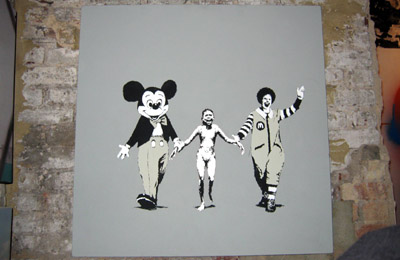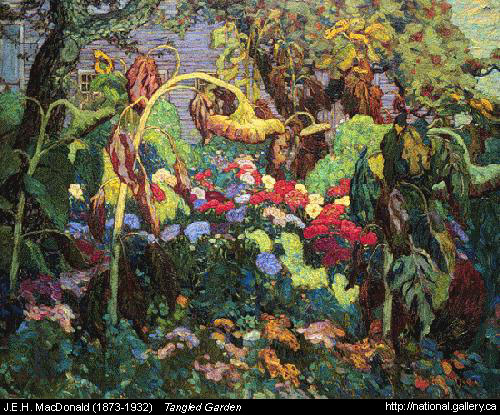"The Global in the Local" Arif Dirlik
This article begins with the utopian story of a movie called Local Hero. Where giant corporation falls so much in love with a town that they scarp a development deal and build companies that help the town. But this doesn't happen in real life , instead Disney builds it's own town and corporations like Walmart run all the small business out of small towns.
But why do we care ? Why is it that there is a fight between the global and the local?
With the creation of products and services intended for a global market but customized to suit local needs and technologies that provide local services on a global basis there doesn't need to be a fight any longer , you can inhabit a space between the two.
There are many problems with this because it still creates a lot of the same problems as globalazation .
Even if when you go to the CocaCola website you are taken to a site specific to where you are your still being sold a western product that represents a lot of western ideals. Just because it's marketed differently doesn't change where it came from and what it represents.
Theres also the products that are produced to multiple countries , but here you see the division of labor drawn across ethnic lines. The people in the west are going to have the better jobs i.e not working in sweat shops.













